
These Are the Best Language Learning Apps and Platforms
Summary
Learning a new language has never been easier, thanks to a variety of apps that cater to different learning styles, goals, budgets, and time commitments. This article reviews the top language learning apps, including Babbel, Duolingo, Rosetta Stone, Pimsleur, Memrise, Busuu, Lingoda, HelloTalk, Beelinguapp, and Rype. Each app offers unique features such as interactive lessons, gamification, audio and speech recognition, flashcards, cultural insights, and progress tracking. Depending on your needs—whether for travel, business, or personal growth—these apps provide accessible and engaging ways to achieve language proficiency.
Reflection Questions
- How does your preferred learning style (visual, auditory, kinesthetic) influence your choice of a language learning app?
- What specific language learning goals do you have, and how do they align with the features offered by the various apps reviewed?
- How can you integrate consistent language learning practice into your daily routine, considering your current schedule and commitments?
Journal Prompt
Reflect on a time when you attempted to learn a new skill or subject. What strategies did you use to stay motivated and overcome challenges? How can you apply these strategies to your language learning journey? Consider setting specific goals, identifying potential obstacles, and planning how to maintain consistent practice. Write about how learning a new language could impact your personal and professional life, and outline a plan to incorporate language learning into your daily routine.
The weeks preceding your summer vacation abroad are ideal for learning the language of your soon-to-be host country. To our delight, gone are the days of translation dictionaries and other reference books. Thanks to a myriad of language learning apps and platforms, language learning has since evolved into an accessible and engaging experience. In this article, we look into the best options available—catering to different learning styles, goals, budgets, and time commitments. Whether you’re aiming for conversational fluency, preparing for travel, enhancing business vocabulary, or simply expanding your cognitive horizons, there’s the best language learning app for your specific needs.
Factors to Consider Before Selecting a Language Learning App
#1 Your Specific Learning Style

One of the key factors in selecting the right language-learning app is understanding your learning style. Are you a visual learner or a pictorial learner who thrives on images and flashcards? Perhaps you prefer auditory learning and you are an auditory learner, focusing on listening comprehension. Or maybe you’re a kinesthetic learner who benefits from interactive exercises and hands-on activities. Identifying your learning style enables you to narrow down options that cater to your preferred mode of learning.
#2 Your Goals for Using Language Learning Software

Before selecting an app, we recommend that all language learners outline their goals. For example, many learners aspire to achieve conversational fluency, which enables them to engage in meaningful conversations with native speakers and navigate everyday interactions comfortably. This goal focuses on developing speaking and listening skills to communicate effectively in real-life situations. Now, locals might not mistake it as your native language, but you will be able to engage with them.
For those planning to travel or immerse themselves in a new culture, enhancing reading comprehension skills is crucial. This goal involves understanding written texts, sign language, menus, and instructions in the target language, facilitating a smoother and more enriching travel experience.
Professionals often seek to expand their business vocabulary in a foreign language to communicate effectively in global business settings. This goal emphasizes learning industry-specific terminology, formal communication styles, and negotiation skills to excel in international business environments. Similarly, students often invest in language apps before taking standardized language proficiency tests such as the TOEFL, IELTS, DELF, or DELE.
By clearly defining your language learning goals, you can taper down your choices and focus on apps and platforms that best support your aspirations, ensuring a more efficient and rewarding learning experience.
#3 Your Budget
Many language apps offer a range of pricing models, including free versions or basic versions with limited features and premium monthly subscription plans with access to exclusive content and advanced features. They also offer seven day free trial versions so you can test out the platform’s language lessons and other features before committing.
The free version of these apps is often excellent for learners on a tight budget or those looking to explore basic language learning concepts without financial commitment. They provide essential vocabulary, basic grammar lessons, basic words, and introductory exercises that are needed to start learning a new language.
On the other hand, premium subscription-based apps offer comprehensive learning experiences, structured curricula, interactive exercises, progress tracking, and additional resources such as live tutoring sessions, language exchange communities, and offline access to lessons. While subscription fees vary, they generally provide a more immersive and tailored learning environment, ideal for serious learners aiming for proficiency and fluency. You can also opt for lifetime membership in some cases.
Research In-App Purchases to Avoid Surprises
In addition to subscription plans, some language apps offer in-app purchases for premium content, advanced courses, specialized modules, cultural insights, and personalized coaching. These purchases may include access to specific language levels, proficiency tests, pronunciation tools, new words and phrases, vocabulary expansion packs, and cultural immersion experiences.
While in-app purchases can enhance your learning journey and provide targeted support in areas of interest or difficulty, it’s essential to evaluate the cost-effectiveness and necessity of these add-ons based on your learning goals and budget constraints.
#4 How Much Time You Can Commit to Learning

Language learning requires consistent practice and dedication to see meaningful progress. Some apps are ideal for those with only a few minutes a day, while others are designed for immersion and require a significant time investment. Here’s how to assess and manage your time commitment effectively.
Evaluate Your Schedule
Start by evaluating your daily and weekly schedule to recognize pockets of time that can be dedicated to language learning. With little time, you can learn just one language. Consider your work or school commitments, personal responsibilities, and leisure activities to determine realistic time slots for language practice.
Set Realistic Goals
Based on your available time, set realistic language learning goals in terms of daily and weekly practice sessions. For example, aim to dedicate at least 30 minutes to an hour each day or several hours per week to language learning activities.
Consistency is Key
Remember, consistency is crucial in language learning. It’s often more effective to practice a little every day rather than cramming long study sessions sporadically. Regular practice helps reinforce learning, improve retention, and build speakers language skills progressively.
Prioritize Active Learning
Focus on active learning strategies that engage your mind and involve practicing speaking, listening, reading, and writing skills. Interactive exercises, conversation practice, language games, and immersion activities can make your learning sessions more effective and enjoyable.
Adapt to Your Schedule
Be flexible and adaptable with your language learning schedule. If unexpected events or busy periods arise, adjust your study sessions accordingly to maintain consistency and avoid burnout.
Choose an App That Fits Your Schedule
Select a language learning app that bring into line your time commitment and learning preferences. Some apps offer flexible learning paths, customizable study premium plans, and recaps to help you stay on track with your language learning goals.
Here’s What to Expect from a Language Learning App
Interactive Lessons
Language apps offer interactive lessons designed to engage users actively. These lessons cover a variety of topics, including vocabulary, grammar, pronunciation, and sentence structure. By incorporating elements like drag-and-drop exercises, fill-in-the-blank activities, and matching games, these lessons encourage users to participate rather than passively consume information. The interactivity helps reinforce learning through practice and application in different contexts.
Gamification
Gamification is a powerful motivator in language apps. By integrating game-like elements such as points, badges, leaderboards, and daily challenges, these apps make the learning process fun and competitive. Users earn rewards for completing lessons, maintaining streaks, and achieving milestones, which keeps them engaged and motivated to continue learning. This approach leverages the psychological benefits of gamification to enhance user retention and progress.
Audio and Speech Recognition

High-quality native speaker audio is essential for teaching correct pronunciation and listening skills. Language apps often include speech recognition technology that allows users to practice speaking and receive immediate feedback on their pronunciation. This feature helps users develop their speaking skills in a supportive environment, building confidence and improving accuracy over time.
Flashcards and Spaced Repetition
Digital flashcards are a popular tool for vocabulary building in language learning apps. These flashcards often use spaced repetition algorithms, which schedule reviews of vocabulary at optimal intervals to enhance long-term retention. This method ensures that users revisit words just before they are likely to be forgotten, solidifying their memory and helping them build a robust vocabulary.
Cultural Insights
Understanding the culture associated with a language enhances the learning experience and provides valuable context. Language learning apps often include cultural insights that cover idioms, customs, traditions, and social norms. These insights help users appreciate the nuances of the language and communicate more effectively in real-world situations, fostering a deeper connection to the language and its speakers.
Progress Tracking
Progress tracking tools in language learning apps allow users to monitor their learning journey. Features like daily goals, streaks, and personalized feedback help users stay on track and motivated. These tools provide a visual representation of progress, highlighting areas of strength and identifying areas that need improvement, which helps users focus their efforts effectively.
Community Features

Community features, such as forums, chat rooms, and social media integration, provide opportunities for users to connect with other learners. These platforms allow users to ask questions, share experiences, and practice the language in a social setting. Engaging with a community of learners fosters a sense of belonging and provides additional support and motivation.
Quizzes and Tests
Regular quizzes and assessments are integral to reinforcing learning and testing knowledge. Language learning apps include various types of quizzes, such as multiple-choice, fill-in-the-blank, and matching exercises, to evaluate users’ understanding of vocabulary, grammar, and pronunciation. These assessments help users gauge their progress and identify areas for further practice, ensuring a well-rounded learning experience.
Personalized Learning Paths
Adaptive learning algorithms in language apps tailor lessons and exercises to each user’s proficiency level and learning pace. By analyzing user performance and preferences, these algorithms create personalized learning paths that focus on individual strengths and weaknesses. This customization ensures that users receive the most relevant and effective content, making the learning process more efficient and enjoyable.
Offline Access

Offline access is a crucial feature for users who may not have consistent internet connectivity. Language learning apps often allow users to download lessons and practice materials for offline use. This flexibility enables users to continue their learning journey anytime, anywhere, without being constrained by internet availability, ensuring that they can make steady progress even when on the go.
Multimedia Content
Incorporating multimedia content, such as videos, podcasts, and interactive stories, enriches the learning experience by exposing users to the language in diverse formats. This variety helps users develop listening and comprehension skills in different contexts, making the learning process more dynamic and engaging. Multimedia content also provides cultural and contextual insights, enhancing users’ overall understanding of the language.
Multiple Languages
Many language apps support learning multiple languages within the same platform. Users can easily switch between languages, allowing them to explore and learn different languages simultaneously. This feature is particularly beneficial for polyglots and language enthusiasts, providing a convenient and centralized platform for their language learning needs.
Fuel your creative fire & be a part of a supportive community that values how you love to live.
subscribe to our newsletter
*please check your Spam folder for the latest DesignDash Magazine issue immediately after subscription

Interactive Stories and Conversations
Interactive stories and simulated conversations provide practical scenarios for users to practice their language skills. These features immerse users in real-life situations, requiring them to apply their knowledge in context. By participating in dialogues and making choices within stories, users develop their conversational abilities and gain confidence in using the language in everyday interactions.
Notifications and Reminders
Whether you want to learn Spanish or Russian, push notifications and reminders help users maintain a consistent learning routine. Language apps use these features to prompt users to complete lessons, review vocabulary, and achieve daily goals. By encouraging regular practice, notifications and reminders play a crucial role in helping users build habits and make steady progress in their language learning journey.
These Are the Very Best Language Learning Apps and Platforms
#1 Babbel
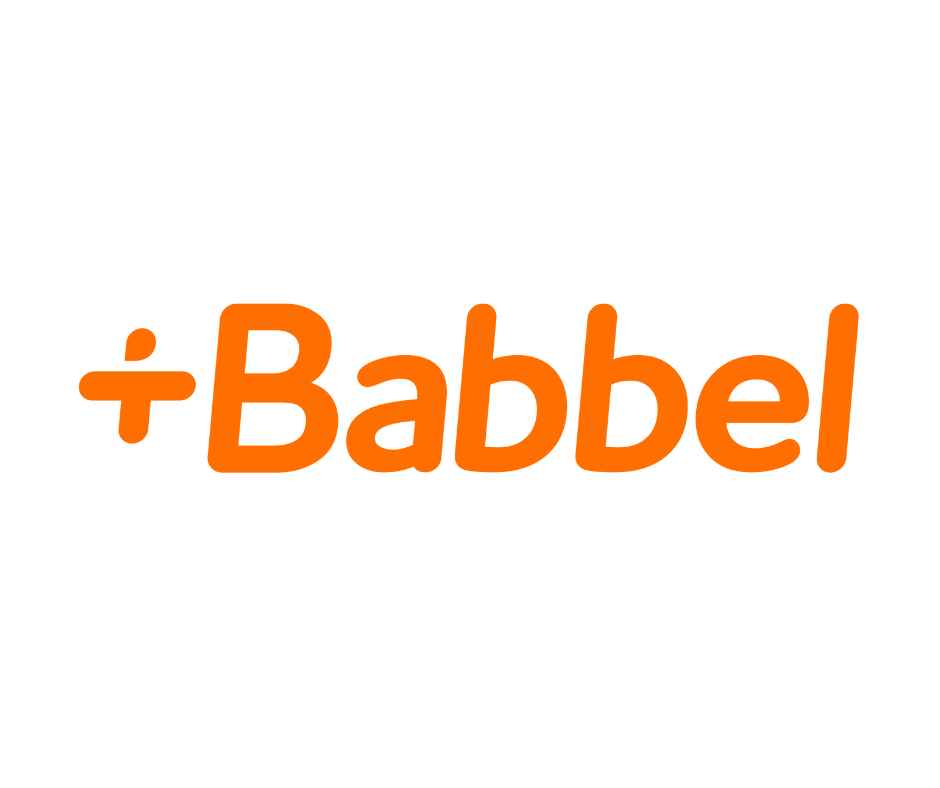
Babbel is a popular language learning app that offers comprehensive lessons tailored to your native language, making it easier to understand and learn a new language. Each lesson is designed to replicate real-world scenarios and includes interactive practice conversations.
Babbel is known for its structured lessons that help users develop a strong foundation in the language. It supports 14 languages, including Spanish, French, German, Italian, Portuguese, Russian, Dutch, Turkish, Danish, Swedish, Polish, Norwegian, Indonesian, and English. Babbel offers a free version with limited access and various subscription plans:
- 1 month: $13.95/month
- 3 months: $9.95/month
- 12 months: $6.95/month
- Lifetime: $249
#2 Duolingo
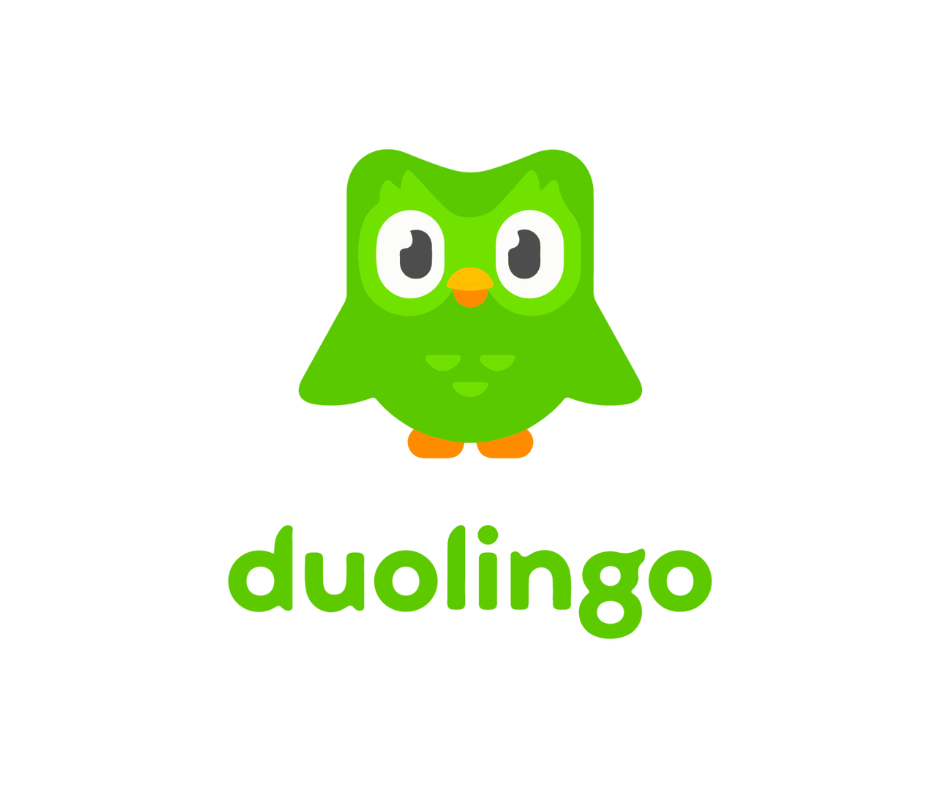
Duolingo is one of the most well-known language learning apps, especially for its free version. It offers over 35 languages and uses gamification to make learning fun and engaging. The app includes bite-sized lessons that cover reading, speaking, and listening skills. Users can track their progress from the first lesson to the last, compete with others on the leaderboard, and earn achievements. This free app is great for both audio and visual learners.
Languages available include Spanish, French, German, Italian, Portuguese, Dutch, Irish, Danish, Swedish, Russian, Polish, Turkish, Hebrew, Greek, Chinese, Japanese, Korean, Vietnamese, Arabic, Latin, and even High Valyrian from “Game of Thrones.” Duolingo Plus offers additional features like ad-free learning and offline access for $6.99/month.
#3 Rosetta Stone

Rosetta Stone is famous for its immersive language learning approach, focusing on pronunciation and conversation from the start. It uses a patented TruAccent speech recognition engine to help users develop accurate speaking skills.
The app offers a variety of subscription options, including a lifetime subscription, and supports 19 languages, including Spanish, French, Italian, German, English, Mandarin Chinese, Arabic, Japanese, Korean, Dutch, Greek, Hebrew, Hindi, Irish, Persian, Polish, Portuguese, Russian, Swedish, and Turkish. Pricing options are:
- 3 months: $35.97
- 12 months: $179
- Lifetime: $199
#4 Pimsleur
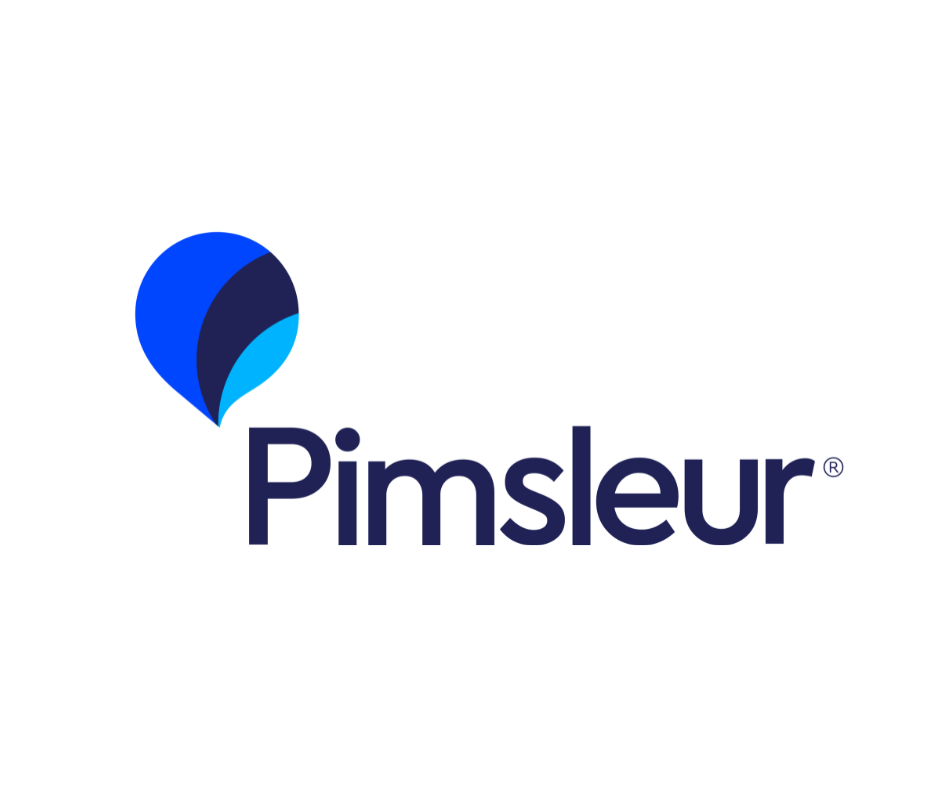
Pimsleur is an audio-focused language learning app that uses spaced repetition to reinforce learning. It offers 30-minute audio lessons that are perfect for learners with busy schedules. The method is particularly effective for improving pronunciation and listening skills.
Pimsleur supports over 50 languages, including Spanish, French, Italian, German, Mandarin Chinese, Japanese, Russian, Arabic, Hebrew, Hindi, Korean, Portuguese, and Swahili. Pricing includes a free trial and a monthly subscription at $14.95/month.
#5 Memrise

Memrise emphasizes learning from native speakers through its “Learn with Locals” feature, which includes videos of native speakers in real-world situations. The app also uses scientific memory techniques to help users remember vocabulary and phrases.
Memrise supports a wide range of languages, including Spanish, French, German, Italian, Portuguese, Russian, Korean, Japanese, Chinese, Turkish, Danish, Dutch, Norwegian, Polish, Swedish, and Arabic. It offers various practice games to make learning enjoyable. Pricing includes:
- Free version available
- Pro: $8.49/month
- Annual: $59.99/year
- Lifetime: $119.99
#6 Busuu
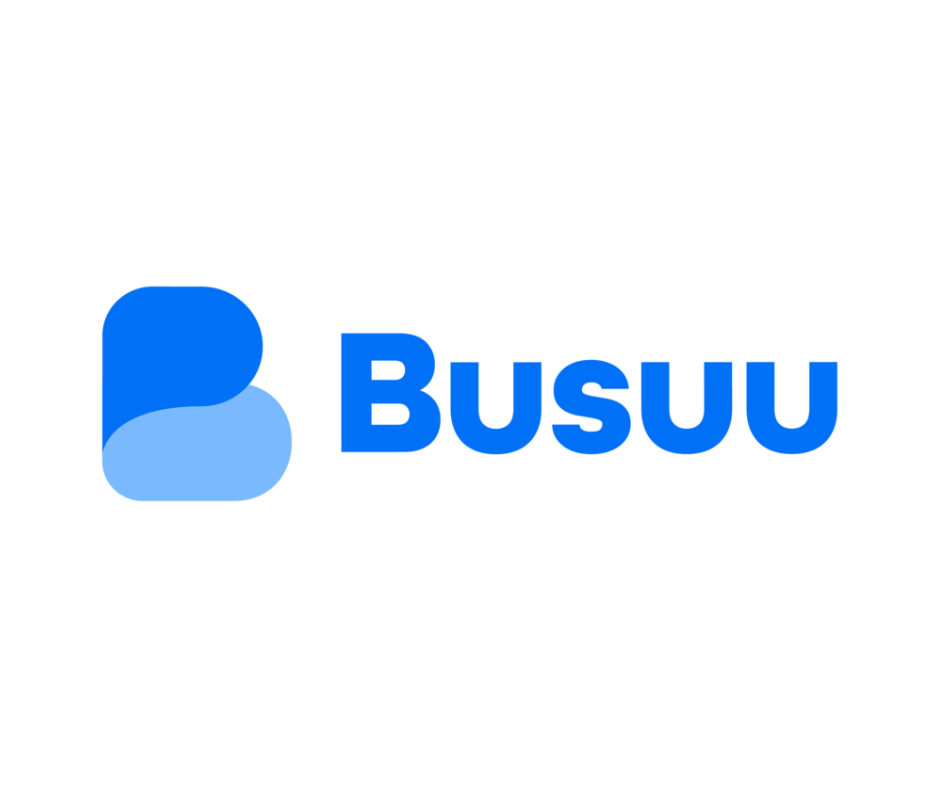
Busuu offers personalized study plans and interactive lessons that adapt to your proficiency level. The app includes features like grammar exercises, vocabulary practice, and the ability to get feedback from native speakers.
Busuu supports 12 languages, including Spanish, French, German, Italian, Portuguese, Chinese, Japanese, Russian, Arabic, Turkish, Polish, and English. Busuu provides a comprehensive learning experience through its community features and structured lessons. Pricing includes:
- Free version available
- Premium: $9.99/month
- Premium Plus: $13.99/month
#7 Lingoda
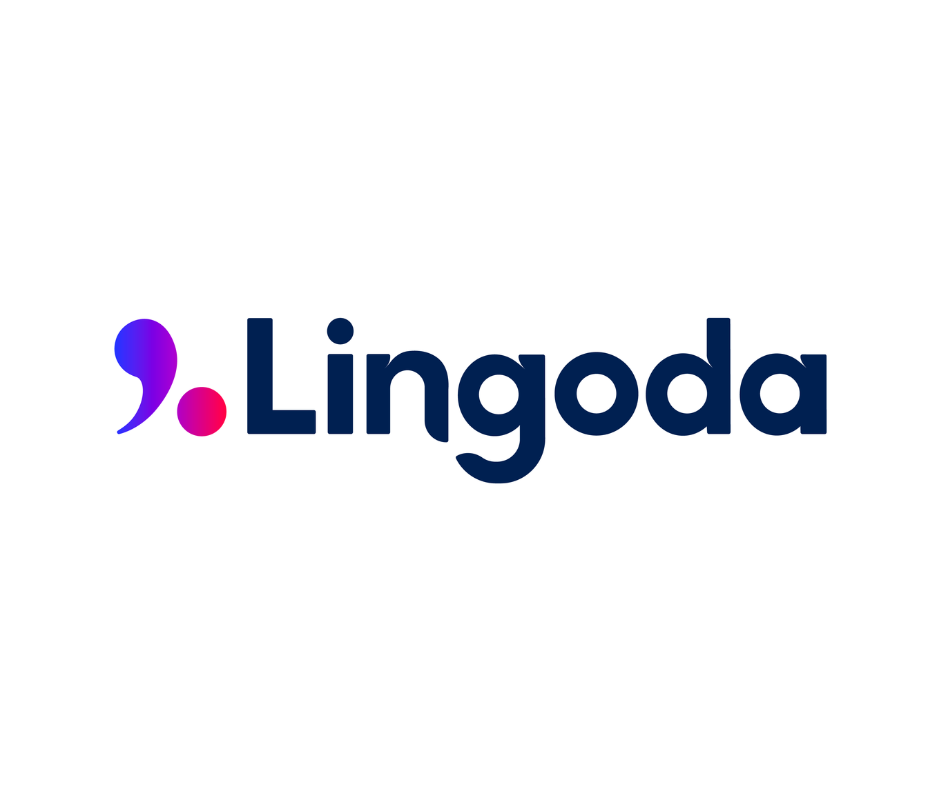
Lingoda provides online language classes with live instructors, offering a more personalized and interactive learning experience. The platform offers classes in small groups or one-on-one sessions, making it ideal for learners who want real-time feedback and tailored instruction.
Lingoda supports several major languages, including English, German, French, and Spanish. Pricing is flexible based on the number of classes you take each month, starting at $56/month.
#8 HelloTalk

HelloTalk focuses on language exchange, allowing users to practice with native speakers through text, voice, and video chats. This app is great for improving conversational skills and learning cultural nuances.
HelloTalk supports a wide range of languages, including Spanish, French, German, Italian, Japanese, Korean, Chinese, Portuguese, Russian, and Arabic. It offers features like translation and correction to aid learning. Pricing includes:
- Free version available
- VIP membership: Starting at $6.99/month
#9 Beelinguapp
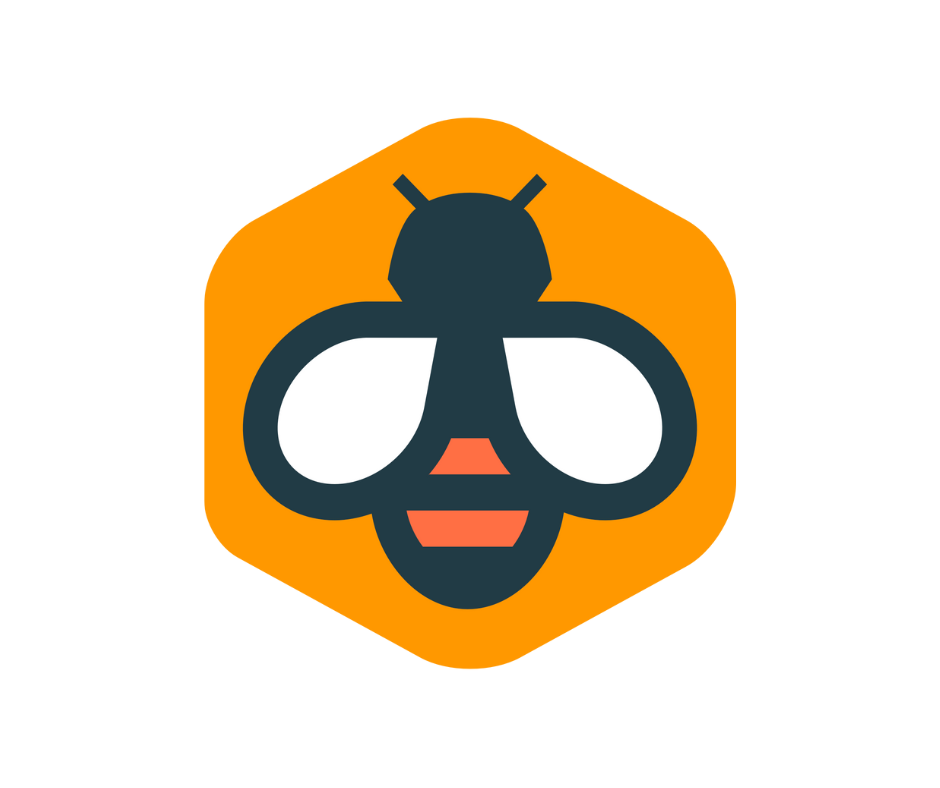
Beelinguapp is designed for reading practice, offering stories in multiple languages with parallel text in your native language. This app is excellent for improving reading comprehension and expanding vocabulary.
It supports various languages, including Spanish, French, German, Portuguese, Russian, Italian, Turkish, Chinese, Japanese, Korean, Arabic, and Hindi. Pricing includes:
- Free version available
- Premium: $1.99/month
- Annual: $17.99/year
#10 Rype
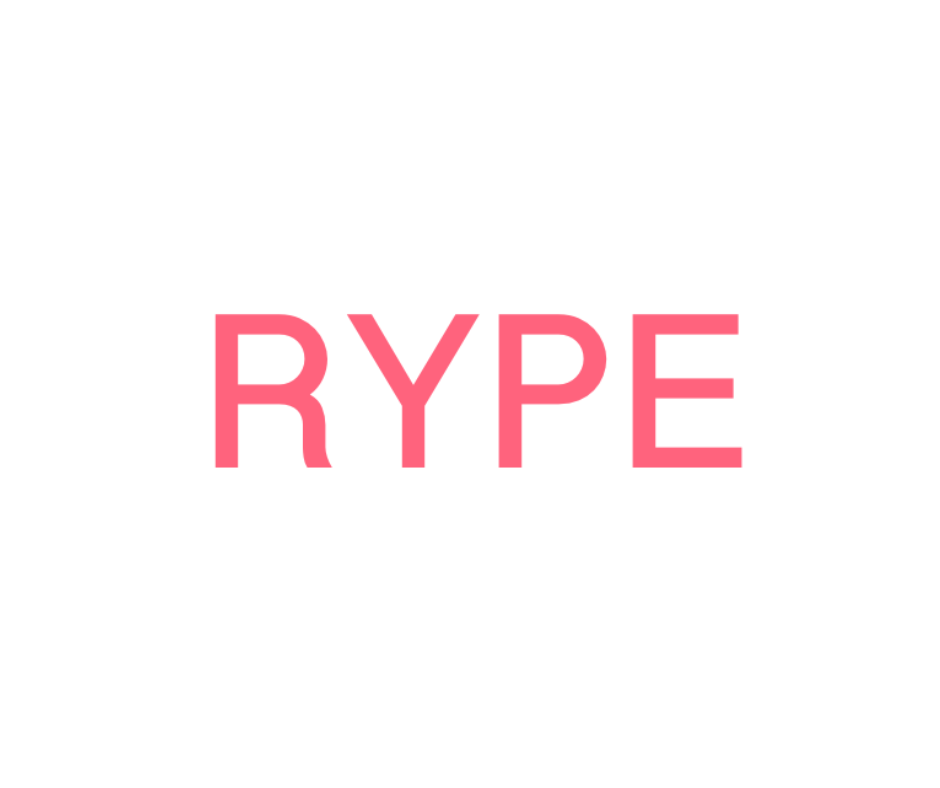
Rype connects users with professional language tutors for live one-on-one lessons. This platform is suitable for learners looking for customized instruction based on their specific goals and proficiency levels.
Rype supports multiple languages, including Spanish, French, German, English, Italian, Portuguese, Japanese, Arabic, Russian, and Mandarin. Pricing includes a monthly subscription of $79.99/month with a free trial available.
Final Thoughts

Learning a new language has never been more accessible. Whether you’re a casual learner seeking a fun way to expand your vocabulary or a dedicated student aiming for fluency, there’s an app or platform tailored to your needs. From gamified experiences and AI-powered tutors to structured courses and immersive communities, the options we’ve explored offer diverse approaches to language acquisition.
The best choice ultimately depends on your individual preferences and learning style. Whichever path you choose, learning a new language opens doors to new cultures, connections, and opportunities. We encourage you to give it a shot!
How many languages do you speak? Which are you hoping to learn? Let us know in the comments below!
By Anila Hasnain.
Design Dash
Join us in designing a life you love.
Should I Rent an Office or Just Work From Home in My Firm’s First Year?
Learn whether a home studio or a rented space makes more sense in your first year according to insights from Melissa Grove, Laura Umansky, and industry research.
How Many Projects Can One Designer Realistically Handle Alone?
Solo interior designers can usually manage around three active projects before quality and bandwidth start to slip.
Women, In Their Own Words: Paulina Hospod
Enjoy insights from Paulina Hospod of AhA!nteriors in our “Women, In Their Own Words” series on leadership, creativity, and craft.
7 Alvar Aalto Furniture Pieces That Exemplify Scandinavian Design
We hope you enjoy this designer-focused look at seven Alvar Aalto furniture pieces that capture the core of Scandinavian design.
What is Soft Minimalism and How Can I Capture the Interior Design Style?
Learn all you need to know about soft minimalism, the warm and natural take on minimalist design that actually makes sense for real life.
What Can I Expect From an Interior Design Intern? Do I Have to Pay Them?
What interior design interns can actually do, why paying them matters, and how to build a program that reflects your studio’s values.








